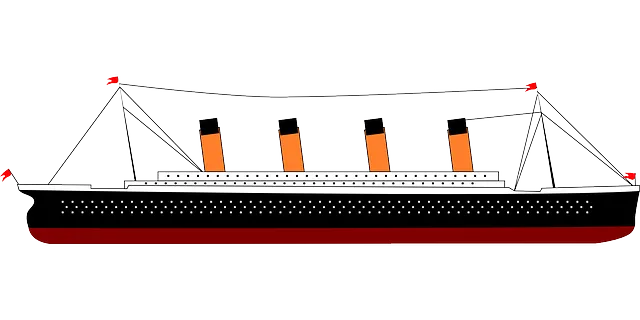Once upon a time in a not-so-distant future, the world embarked on a tremendous journey using artificial intelligence and computer-aided diagnosis to revolutionize healthcare. Within this undertaking, a groundbreaking project emerged, forever altering the landscape of modern medicine. Within this project resided the enigmatic element known as the “Titanik,” a super-intelligent diagnostic system named after the ill-fated ship of the past that sailed bravely into uncharted territory.
Deep in the recesses of a state-of-the-art hospital, the brilliant minds behind the Titanik project gathered. Intense yet soft-spoken Dr. Isabella Ross, a renowned radiologist, led the team. Her exceptional ability to dissect medical complexities propelled her to the forefront of this revolution. Alongside her were Dr. John Carter, a rebellious but genius technologist, and Dr. Sophia Lee, a compassionate and innovative surgeon with unparalleled determination.
Together, they set out to tackle one of the most pressing challenges in healthcare: accurate and rapid diagnosis. The Titanik project aimed to harness the power of machine learning and artificial intelligence to creatively analyze patient data, resulting in early detection of diseases and precise prognoses. It was an audacious endeavor, filled with both hope and skepticism, but failure was not an option for this tenacious team.
Their first objective was to maximize the potential of medical imaging, an area rich in patient data. The Titanik system was designed to process extensive radiological examinations with lightning speed, manifesting extraordinary computational capabilities that human experts could never replicate. It seamlessly integrated clinical information garnered from the latest medical literature and synthesized these vast troves of data in the blink of an eye.
Dr. Ross, Dr. Carter, and Dr. Lee frequently embarked on an intellectual and emotionally charged voyage together. The trials and tribulations of surpassing human limitations engendered endless debates and sleepless nights as they strived to create an algorithm unparalleled in diagnostic power. Unheralded challenges threatened their progress daily, yet their collective determination remained rock solid.
One fateful day, Titanik unlocked its full potential due to a serendipitous encounter with a movie streaming service. As Dr. Carter casually scrolled through titles, with the Titanic displayed on screen, a brilliant idea dawned on him. Inspired by the Titanic’s ability to navigate through treacherous waters with unprecedented precision, he wondered if Titanik could apply similar principles to medical diagnoses.
Building on the eureka moment, Dr. Carter haunted image processing algorithms to simulate Titanik “sailing” through countless medical images. Intriguingly, Titanik started uncovering subtle morphological patterns indicating early-stage diseases that had previously eluded human experts. The AI system seemed to possess an uncanny knack for identifying minute changes invisible to the untrained human eye: the Titanic of diagnostics.
News of this astonishing achievement reverberated across the medical community. Titanik’s computational prowess rapidly disseminated throughout hospitals worldwide, improving patient outcomes and saving countless lives. As the transformational effects spread, new diagnoses surfaced, unraveling ever more mysteries hidden within seemingly insurmountable medical enigmas.
Dr. Ross, Dr. Carter, and Dr. Lee never faltered in their conviction that medical technology should never outstrip human empathy. Titanik, while extraordinary, provided a foundation for collaboration, guiding physicians and surgeons by offering insightful suggestions to enhance their clinical decision-making process.

With the success of the Titanik project, the medical landscape evolved dynamically. Healthcare providers globally united, synchronizing their vast patient databases to feed the AI’s insatiable hunger for knowledge. Medics and computer scientists together ventured forth towards a future where technology and compassion melded harmoniously.
The Titanik’s legacy lives on, forever reminding us that innovation changes lives. Its story continues to blossom into countless chapters, eternally etched in history, like a mammoth ship whose ambition and innovation refused to sink into the abyss.
Thus, the tale of the Titanic Diagnostics Quest symbolizes the never-ending pursuit to transcend boundaries in unlocking the secrets of the human body, reigniting hope and fueling the determination to overcome the insurmountable challenges. With every query, every diagnosis, and every life saved, the Titanik triumphantly steers us forward into a new age of wellness, where human ingenuity and artificial intelligence join forces as stalwart companions on the voyage toward better health
